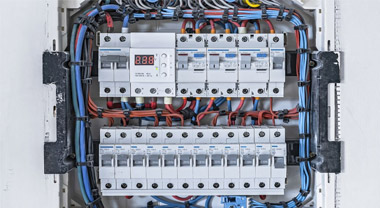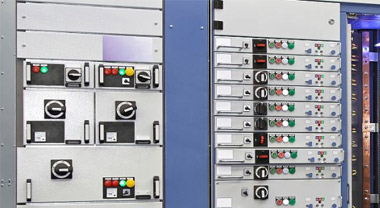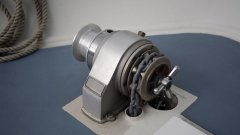Can you install a new breaker yourself?
Household electrical tasks often bring a question to the forefront for many homeowners: is this a do-it-yourself job? When it comes to installing a new breaker, the answer is nuanced. This guide explores the concept of installing a breaker, the risks involved, and why you might want to hire a professional for the job.
Table of Contents
- Introduction to Breaker Installation
- Risks Associated with DIY Breaker Installation
- Steps Involved in Breaker Installation
- Why You Should Consider a Professional
- Conclusion
Introduction to Breaker Installation
Installing a new breaker can seem like an easy task. With all the online tutorials and DIY blogs out there, it's easy to fall into the belief that almost anyone can do it. In reality, installing a new breaker involves working directly with your home's electrical panel, a task that can carry significant risk.
Breakers are a crucial component of your home's electrical system, acting as a safeguard against electrical overload. They 'trip' or shut off circuits when they detect a potential risk, preventing potential electrical fires. Replacing or installing these can seem straightforward, but without the right knowledge and precautions, it can lead to serious issues.
Risks Associated with DIY Breaker Installation
There are inherent risks associated with handling your home's electrical system, especially when it comes to breaker installation. One wrong move can lead to severe consequences, such as:
- Electrical Shocks: Interacting with your electrical panel without the proper safety measures can expose you to potential electrical shocks. These can cause severe injuries or, in the worst cases, can be fatal.
- Fire Hazards: An incorrectly installed breaker can become a serious fire hazard. If the breaker fails to function correctly, it could lead to an overload, causing wires to overheat and potentially start a fire.
- Electrical Malfunctions: Even if you successfully install the breaker without immediate incident, an improper installation can lead to malfunctions down the line. These malfunctions can cause appliance damage, power outages, or even electrical fires.
Steps Involved in Breaker Installation
Installing a new breaker involves several technical steps that require a solid understanding of your home's electrical system. Here's an overview:
- Power Off: Before you start, the main power supply needs to be switched off to prevent electrical shocks.
- Remove Panel Cover: The next step is to remove the electrical panel cover, giving you access to the breakers.
- Secure the New Breaker: The new breaker needs to be secured in an open slot on the panel. It must be pushed down firmly to ensure it's seated properly in the panel.
- Wire Attachment: A wire needs to be attached to the breaker. This requires careful stripping of the wire insulation, correct attachment, and securing the wire in place.
- Reinstallation of Panel Cover and Power On: Finally, the panel cover is replaced, and the main power is switched back on. The new breaker should then be tested to confirm it's working correctly.
Why You Should Consider a Professional
Given the risks and the complex nature of breaker installation, it's typically best to hire a professional electrician for the job. A professional not only brings expertise and experience to the table, but they're also familiar with local electrical codes and regulations. This ensures the job is done safely and correctly.
A professional electrician will also be able to diagnose any other potential issues within your electrical system that you might not be aware of. This proactive approach can help prevent future problems, adding an additional layer of safety and reliability to your home.
Conclusion
While there are many tasks around the house that lend themselves to the do-it-yourself approach, installing a new breaker is generally not one of them. The risks involved and the knowledge required to do the job safely and correctly make this a task best left to the professionals.
If you're considering a new breaker installation, consult with a licensed electrician to ensure the job is done correctly. Remember, when it comes to electrical work, safety should always be your number one priority.




